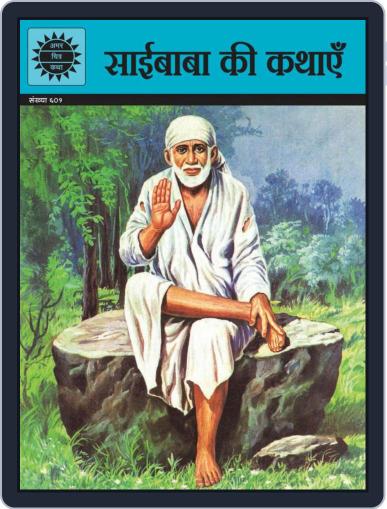About Saibaba ki Kathayen (Hindi)
Nobody knows for certain when Sai Baba was born or who his parents were or what his real name was. He arrived one day in 1872 at Shirdi in Maharashtra. He was dressed like a fakir (Muslim ascetic) and lived in a dilapidated mosque but spoke of a Hindu guru, whom he called Venkusa. He seemed to be well acquainted with the (Hindi) scriptures but at the same time was heard to quote from the Quran. The word Sai is a Persian word meaning 'saint' and Baba is a (Hindi) word meaning 'father'. As his name would indicate, Sai Baba has both Hindu and Muslim disciples. He did not approve of conversion and believed that everyone had a right to follow his own path to God. EverytHing that is known about his beliefs however, is deduced from his actions. He was not given to theorizing. Sai Baba died in 1918. Even during his lifetime he had become famous and now, after his death, Shirdi (where he had lived for almost half a century) has become a place of pilgrimage where hundreds of devotees congregate every year. The tales in this Amar Chitra Katha are based on reports from Sai Baba's devotees.
The number of issues included in a magazine subscription (frequency) is subject to change without notice. Additional
double issues may be published, which count as 2 issues. Applicable sales tax will be added. Offer void in Vermont.
Magazine covers are used for illustrative purposes only and you may not receive a copy of the particular issue
depicted. Your subscription will include the most recent issue once your subscription begins. Magazine covers are
the property of the publisher. This site is not officially affiliated with, associated with, or endorsed by
Saibaba ki Kathayen or the publisher.
